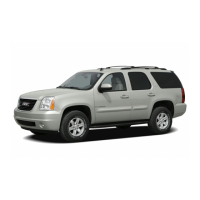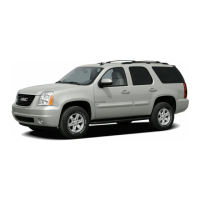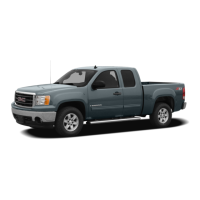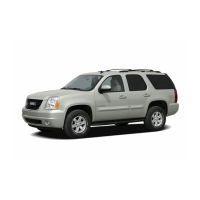If a tire goes flat, avoid further tire and wheel
damage by driving slowly to a level place and turn
on your hazard warning flashers. See Hazard
Warning Flashers on page 102.
{CAUTION:
Your vehicle, when new, did not include
tire changing equipment or a place to
store a tire in the vehicle. Special tools
and procedures are required if a tire
needs to be serviced. If these tools and
procedures are not used, you or others
could be injured or killed while trying to
change or service a truck tire.
Your truck, when new, did not include tire changing
equipment or a place to store a tire in the
vehicle. Few drivers of these vehicles have the
necessary equipment aboard to be able to change
a flat tire safely. For example, you would need a
truck jack that can lift several thousand pounds
and a torque wrench that can generate several
hundred foot-pounds (
Y) of twisting force.
{CAUTION:
If you try to put air back into a tire that
has run flat, even a tire that was extremely
low on air, the tire can have a sudden
air-out. This could cause you to lose
control of the vehicle and have a serious
crash. Do not refill a flat or very low tire
with air without first having the tire taken
off the wheel and checked for damage.
So if you are stopped somewhere by a flat or
damaged tire or wheel, you should get expert help.
See Roadside Assistance Program on page 332.
266

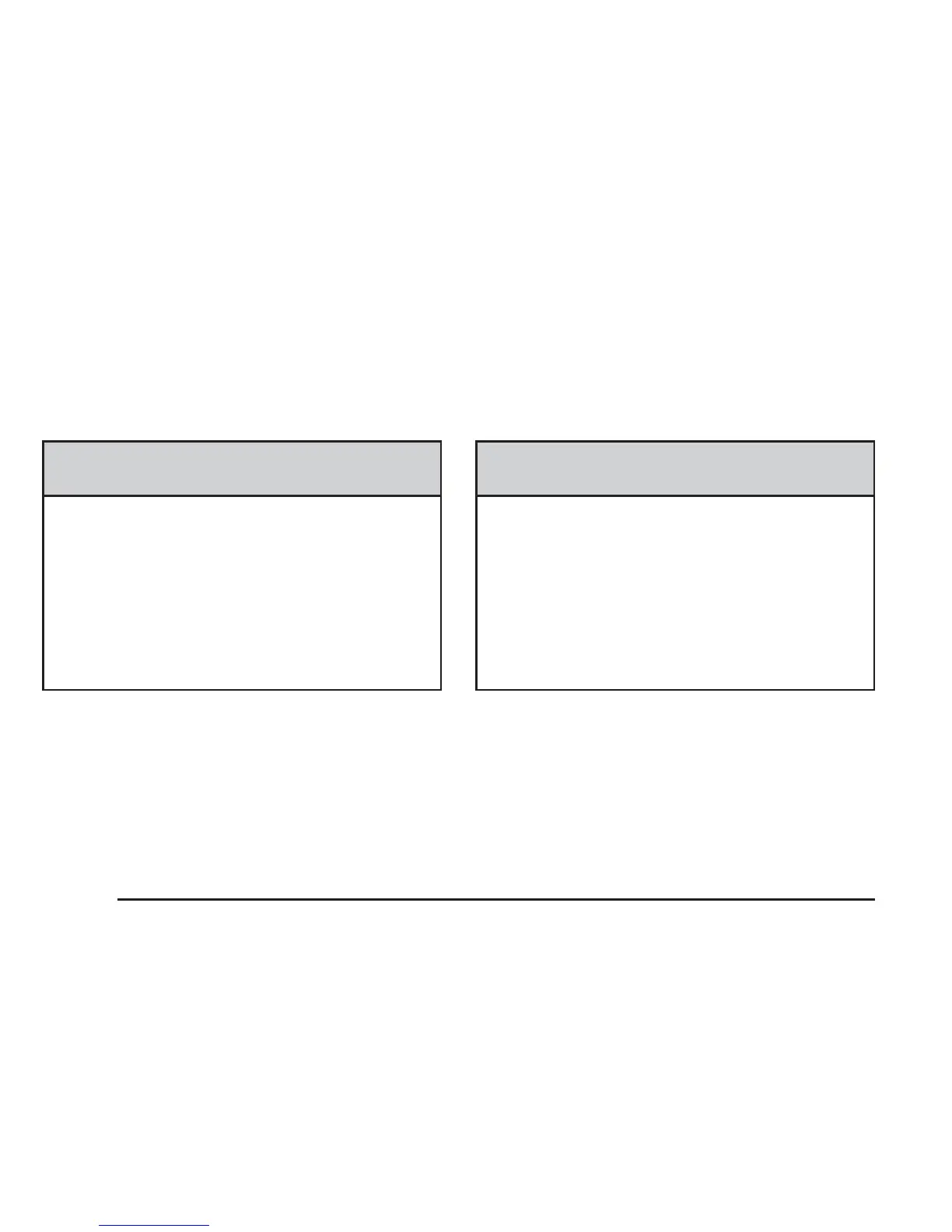